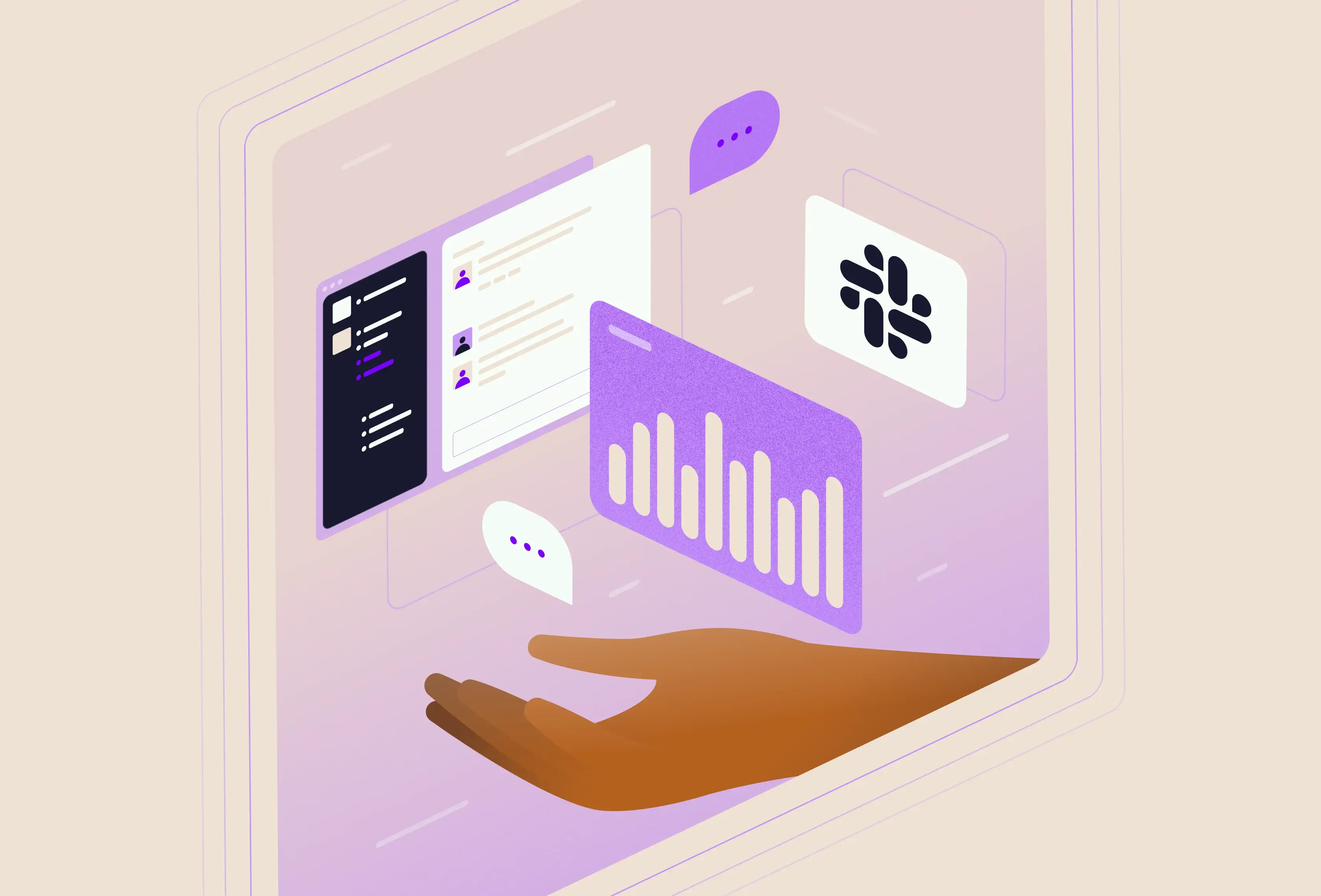


.webp)
In the fast-paced realm of customer service and support, where companies navigate a relentless stream of customer interactions via platforms like Slack, data is undeniably the new gold. The potency of rich customer data cannot be overstated; it wields the potential to revolutionize the way you comprehend resource allocation, capacity planning, and the urgency of scaling your workforce. Yet, within this dynamic landscape, a frequently underestimated facet is Customer Retention—a cornerstone of sustainable company growth. It's not merely about keeping customers, but rather, the art of maximizing the annual revenue per customer and perpetually increasing it. Enter Net Retention, the financial compass that reveals how much more a company has earned this year compared to the last, all from the same pool of accounts. The secret sauce? Customer Success—a domain that holds the keys to nailing these metrics. To offer some perspective, the best-of-the-best SaaS companies achieve a staggering 140% NRR, signifying a remarkable 40% growth from existing customers alone.
Customers today prefer real-time communication, which is why forward-thinking companies such as Incident are nailing customer success by managing over 80% of customer interactions on Slack (Read Thena Case Study with Incident). However, with such heavy reliance on Slack, the pressing issue of capacity planning arises, a pivotal factor in the delicate balance of retaining and nurturing customers. Let’s dive into actionable solutions for this challenge, and discuss how data-driven insights can inform resource allocation, hiring strategies, and ultimately fortify customer retention and growth strategies.
The Potential of Slack Data
Companies that utilize Slack for customer engagement have access to a wealth of valuable data. This data offers insights into customer requests, including request volume, resolution times, and compliance with service level agreements. However, unlocking the full potential of this data requires the right tools and approach.
Enter the power of integrating data analytics tools with Slack. Such integration opens up a world of possibilities for companies:
Sentiment Analysis and Interaction Trends
Data analytics tools can help gauge customer sentiment and identify patterns in interactions. Understanding whether customers are satisfied, dissatisfied, or somewhere in between allows for more tailored responses and improved customer experiences.
Workspace-Level Insights
Integrating data analytics provides a holistic view of customer engagement patterns across the workspace. This comprehensive perspective enables the identification of trends, bottlenecks, and areas where additional support or resources may be needed.
Analyzing Trends Over Time
Continuous improvement relies on analyzing key performance indicators (KPIs) over time. Data analytics tools empower organizations to monitor changes in KPIs and take proactive steps to enhance processes.
On-Demand Analytics
These tools enable the generation of analytics as needed. Alerts can be set up to facilitate proactive communication when specific thresholds or conditions are met, allowing for quicker responses to issues and opportunities.
Request Classification and Resource Planning
One significant benefit of data analytics tools is the ability to categorize requests based on various factors like location, required action, or issue type. This data helps inform staffing decisions, ensuring that resources are allocated effectively. For example, if there's a surge in requests from a particular region, staffing can be adjusted accordingly.
The Blind Spot Challenge
Companies that fail to harness this data are missing out on crucial insights. Without analytics, they might be unaware of capacity planning opportunities and potential risks. In today's competitive landscape, such blind spots can be detrimental.
Integrating data analytics tools into Slack channels offers numerous advantages:
Data-Driven Capacity Planning: Workspace analytics provide insights into staff workloads, task distribution, and request volume, facilitating data-driven capacity planning and staffing decisions.
Efficient Resource Forecasting: Insights from analytics optimize resource forecasting, ensuring efficient resource allocation based on workload and demand.
By seamlessly integrating data analytics into their Slack-based customer support ecosystem, companies can effectively address support management challenges, enhance capacity planning, and make data-driven decisions. This integration leads to improved customer satisfaction, streamlined communication, and optimized resource planning.
The insights gained from this combination empower businesses to make data-driven decisions, elevate customer experiences, and maintain a competitive edge in the market.
.webp)